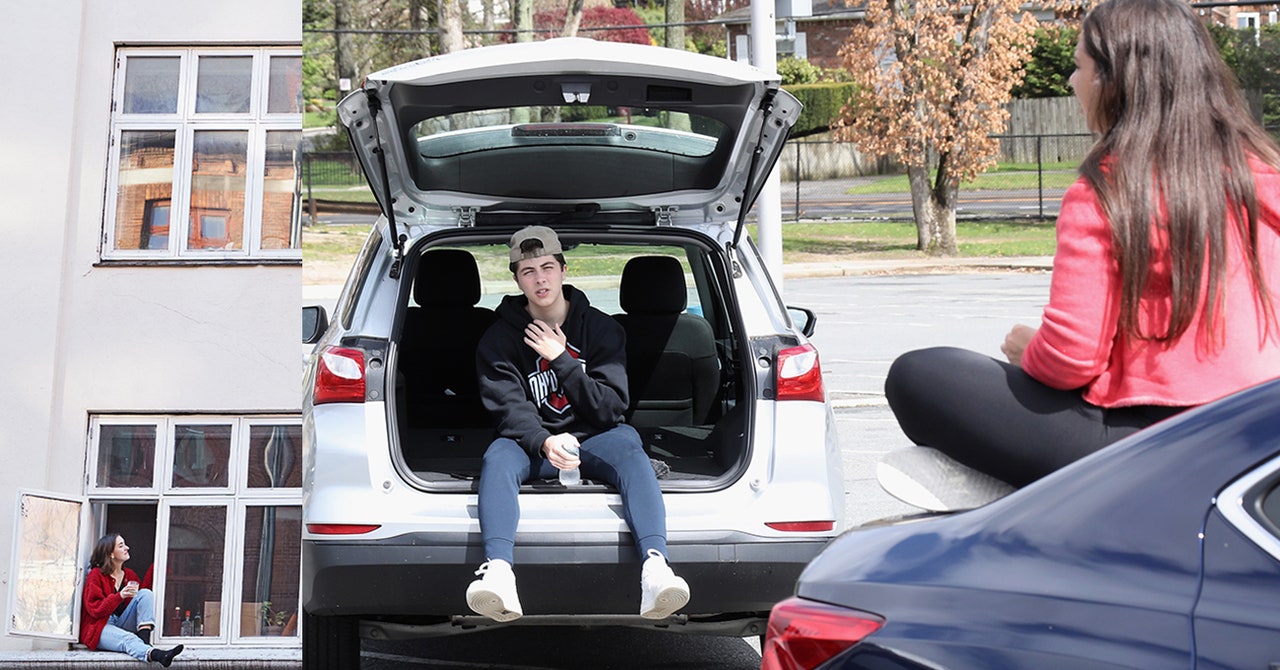Here’s some more information on the Henry Ford study vs. the UK’s Recovery study. The Henry Ford study had a total of 2541 patients, with a death rate of 26.4% in controls. The Recovery study
https://www.recoverytrial.net/news/...oquine-in-hospitalised-patients-with-covid-19
examined a total of 4674 patients, with a death rate of controls of 23.5%. So the control patients in the Ford study did a little worse, but not much. But the Recovery HCQ patients had a 25.7% mortality rate, no improvement at all on controls, while in the Ford study, the patients given HCQ had a mortality rate of only 13%. That's the huge difference in results between these two studies. Why?
To begin, the Recovery study was larger (as Baltimore notes), not just in total subjects, but in those given HCQ, 1542 patients. I'm not sure of the number at Ford, but it must be a lot lower, because there were at least four groups: controls; azithromycin (AZ), an antibiotic; HCQ; and HCQ plus AZ. And very curiously, while the mortality rate of patients given AZ alone was reduced relative to controls (22.4%), with a similar reduction observed for HCQ + AZ (20.1%), the patients given only HCQ had a much lower mortality rate. That really doesn’t make sense. Why would HCQ alone be better than giving it along with an antibiotic which, by itself, also reduced mortality rates? There could be several reasons, but the most likely answer is that the differences in these rates aren’t significant, regardless of what their statistics show. This would be the case if the treatments weren’t random, which in fact they weren’t:
https://edition.cnn.com/2020/07/02/health/hydroxychloroquine-coronavirus-detroit-study/index.html
The bottom line is that the Henry Ford study was retrospective (again, as Baltimore notes), meaning that researchers went back after the fact and looked at the results of various treatments. This is a useful approach, it's a way of mining data that are already there, but it's not as scientifically rigorous as a prospective study, like that at Recovery, where patients are given certain treatments by design at the outset. A retrospective study can't control factors like other treatments, as pointed out in the quotes above. You have to take the subjects as they're given to you.
There’s just one other point I want to make, because it’s almost always ignored in discussions of large scale drug studies: individuals may vary markedly in their response to drugs. There are undoubtedly genetic factors at play. Just as an individual 100 years old may survive C19, while someone 30 years old dies, one individual may gain a benefit to a drug that another does not.
Ryan Padgett, a doctor in his early 40s, became infected while treating some of the earliest cases in Washington state back in March. He was near death, and put on an ECMO machine, that removes the patient’s blood, oxygenates it, and pumps it back in. This is basically a treatment of last resort. Then he was given the drug tocilizubab, which is used to reduce the effects of hyper-immune reactions, or “cytokine storm”. He soon began to improve, and eventually recovered. In a recent interview (some time after the linked article), he said he felt that drug saved his life. Would it help everyone? No. But for this patient in this condition, it seemed to make the difference. And by the way, they also tried HCQ, which didn’t help.
https://www.nytimes.com/2020/04/13/us/coronavirus-doctor-kirkland-padgett.html
Drugs are a matter of playing the percentages. We try to determine whether, on balance, a drug will help or harm someone, but some people may beat the odds, just as they do when they have a relatively mild case when in a high risk group. There may be people who can benefit or have benefitted from HCQ, but the question is whether enough people benefit to balance the negative effects, including increased risk of death. The largest and most rigorous studies that have been carried out indicate that they don't.












